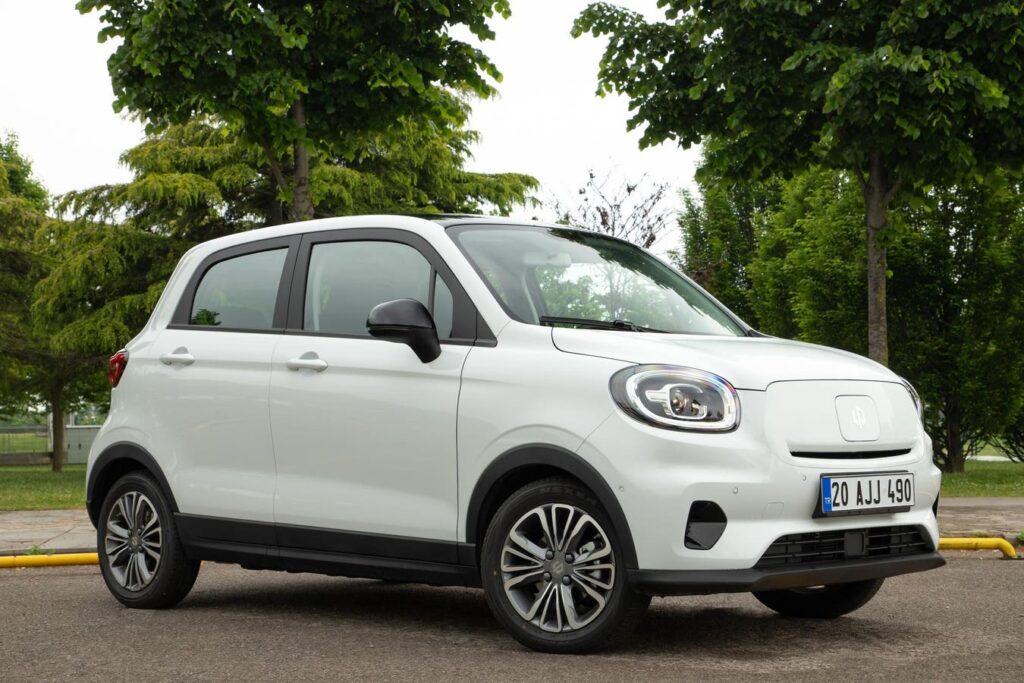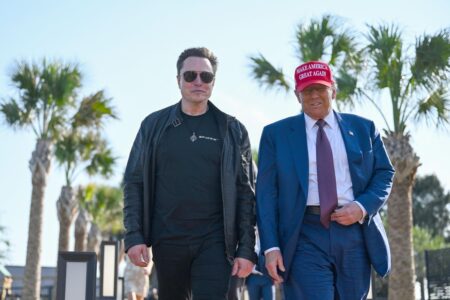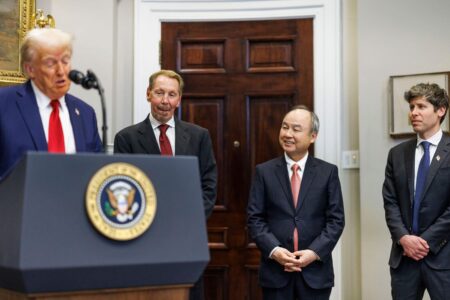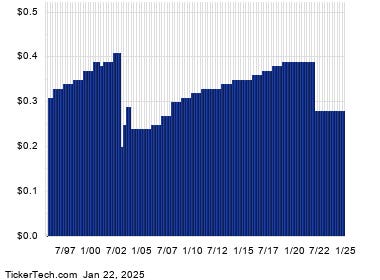Trying to predict the European car market’s future used to be simple. Sales were either ticking over nicely, about to accelerate, or in danger of stalling. Investors would consult a few economists, look at interest rates, and go for those companies making attractive vehicles and shun clunker makers.
But investors in Europe’s automakers (and the U.S., but not the Chinese) now face a clutch of scary imponderables as the industry finds itself in the middle of an existential technology crisis caused not only by the advent of new technology – electric vehicles – but by government edicts that all Europeans must be forced to buy them if they want a new sedan or SUV.
Sales remain well below pre-covid levels, so too many sedans and SUVs are being made, leading to factory closures and profit warnings. On Friday Volkswagen said its profits would be lower than promised, joining BMW and Mercedes making similar warnings in September.
Meanwhile, investors have to wonder if the electric revolution, currently stalled, will return to growth, which needs to be spectacular to meet government targets.
The European Union demands that by 2035, its citizens will be banned from buying combustion vehicles, effectively eliminating hybrids and plug-in hybrids. These carbon dioxide-limiting rules tighten from 2024’s roughly 20% sales share for new EVs to about 80% by 2030 and 100% in 2035.
Most European manufacturers, excluding multi-brand Stellantis, are contesting this agenda.
European manufacturers have been slow to offer affordable EVs, and buyers are turning to China, which is way ahead of the curve and said to have an around 30% cost advantage.
The EU is attempting to slow Chinese imports with tariff barriers. But if tariffs slow the sale of EVs, this could jeopardize CO2 targets designed to slow climate change. The EU will then have to decide what is most important – climate change targets or its domestic automakers and millions of well-paid jobs.
GlobalData has been steadily cutting its sales forecast for Western Europe. In June it was forecasting just under 5% growth for 2024. Its latest forecast says there will be hardly any increase – a barely measurable 0.2% – as the total peaks out at 11.58 million. (Western Europe includes the five biggest markets Germany, France, Britain, Italy and Spain.)
Berenberg Bank of Germany said hopes that sales in Europe would recover next year are evaporating. Demand is wavering for highly profitable European premium vehicles in China from the likes of BMW, Mercedes, and VW’s Audi, and could fall foul of the tariff dispute with the EU. The bank said there’s a strong product launch program in 2025, but that depends on interest rates falling and economic momentum returning to leading markets like Germany. Uncertainties around the presidential election in the U.S. on November 5 are also causing investor nervousness.
“(trading volatility is caused by) CO2 regulation and the slowdown in the electric vehicle adoption, persisting sector and macro challenges in China, as well as trade and restructuring-led tensions,” the investment bank said in a report.
“Competitive pressure on EV pricing and the associated technologies remains; however we note that more cost-efficient platforms are about to deliver their first products, while a prolonged hybrid and ICE vehicle cycle should provide support to cash and margins in the meantime,” the report said.
The bank’s referral to more hybrid and ICE sales suggests it expects the EU to offer European manufacturers some mitigation on the way to a new ICE ban.
HSBC Global Research points to yet more troubles for European manufacturers, which it says are now suffering from higher content costs because of new regulations on Cybersecurity, and the EU General Safety Regulation, which add between €500 ($560) and €1,000 ($1,120) to the costs of each car, and which has been absorbed by the manufacturers up till now.
“Post pandemic, cars are more expensive and likely to stay so. Affordability is one of the main barriers to EV adoption in Europe, and also the main reason private buyers have not returned to the EU market. Coupled with weak consumer confidence, it seems unlikely that volumes in Europe will recover unless one or both improve,” HSBC said in a report.
Investment bank Morgan Stanley has a more positive take on Europe’s prospects, suggesting manufacturers may solve EV problems by doing deals with the Chinese.
“While the global EV rollout faces setbacks, more (manufacturers) are recalibrating their strategies and getting back in the saddle by seeking multilateral collaborations with Asian EV players. This will fortify a global win-win scenario and get global EV adoption back up to speed,” Morgan Stanley said in a report.
Stellantis is showing the way with its deal with Leapmotor of China. Stellantis is assembling the Leapmotor TO3 in Tychy, Poland, and may extend this. Volkswagen has taken a stake in Xpeng of China to make EVs for the China market, which could be targetterd at Europe. BYD is building a plant in Hungary to make EVs. Other important Chinese players are considering European plants.
“While mass EV adoption remains a long-term ambition for both the global auto industry and policymakers, pivoting to multilateral collaborations, like strategic partnerships and joint ventures, between global (manufacturers) and Asian EV players is being embraced as a new formula for winning in the race,” Morgan Stanley said.
“We continue to see high chances of new joint ventures forming between Chinese and European (manufacturers) during the next year, to produce, distribute, and service Chinese cars in Europe. Volume players, particularly French ones, are better positioned, in our view,” Morgan Stanley said.
Making “affordable” vehicles is the key to setting the EV market on fire. The trouble is the vast majority of EVs are not close to affordable for average European wage-earners.
“For Europe, a lack of “affordable” EV options is holding back volumes. This should gradually improve, with a number of options priced below €25,000 ($28,000 after tax) set to hit the market by the end of this year and into 2025, although this may come too late for VW with its “affordable options timed for 2026/27,” Berenberg Bank said.
The European market for EVs, currently around 2 million, has to almost quintuple by 2030 to meet government targets. That requires much cheaper entry-level EVs with prices close to €10,000 ($11,200). Europeans look incapable of producing such vehicles but the Chinese can. Step forward the BYD Seagull and Wuling Bingo.
Read the full article here











